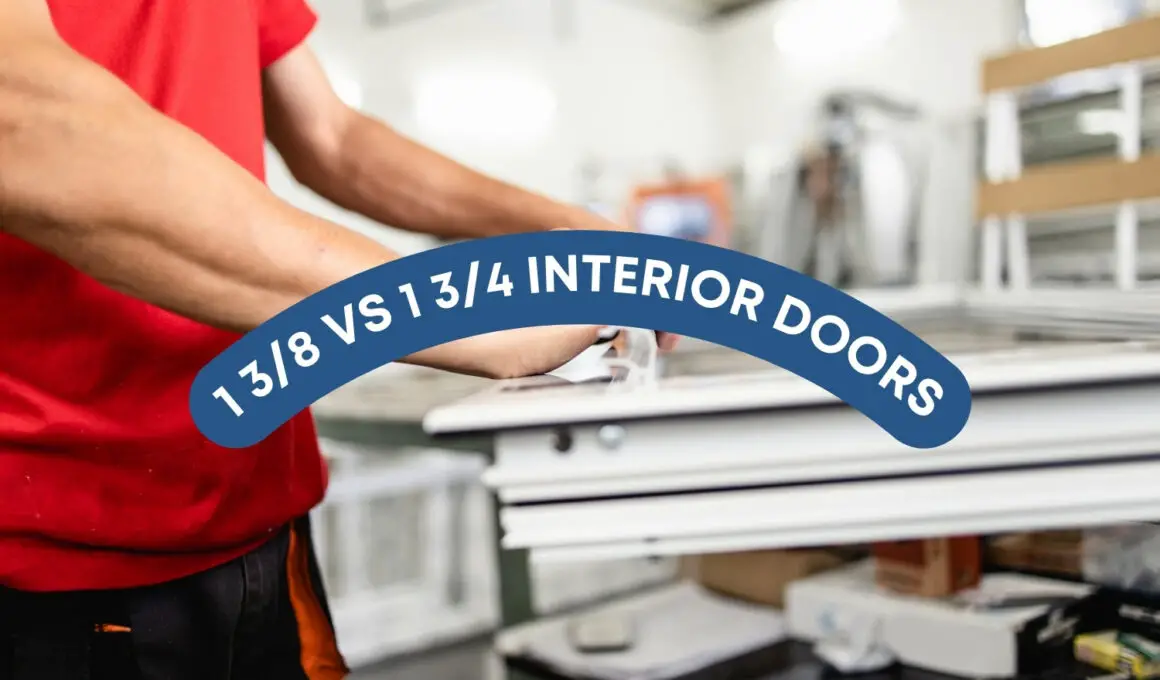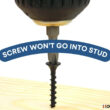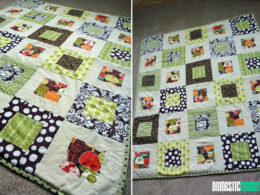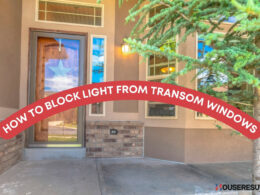Table of Contents Show
Interior doors are an essential part of any home. Not only do they provide privacy, but they also serve as a way to keep the outside elements out. But with so many different styles and sizes to choose from, it can be a bit overwhelming when deciding which one is right for you.
Two popular options available are a 1 3/8 inch interior door or a 1 3/4 inch interior door.
To help you decide which one is best for your home remodel project, we’ll take a look at the differences between these two types of doors and what you should consider before making your purchase.
1 3/8 Vs 1 3/4 Interior Doors
When it comes to interior doors, there are two main types: 3/8 and 1 3/4. Both have their benefits and drawbacks that should be considered before making a decision. Below is a breakdown of the pros and cons of both door types.
| 1 3/8” Interior Doors | 1 3/4” Interior Doors |
|---|---|
| Thinner than 1 3/4” doors, so they are not as good at blocking out noise and drafts. | Thicker than 1 3/8” doors, so they do a better job of blocking out noise and drafts. |
| They are less expensive and easier to install. | More expensive than a 1 3/8” door. |
| Can be a good option if you live in a relatively quiet area and are on a budget. | Can be a good option if you live in a noisy area or want extra insulation from the elements. |
What Are The Similarities Between 1 3/8 And 1 3/4 Interior Doors?
There are some similarities between 1 3/8 and 1 3/4 interior doors. They are as follows;
- Both door types are typically wood, although 1 3/4 doors may also be steel or fiberglass.
- Both door types can be either hollow or solid core.
- Lastly, both door types come in various styles, such as flush, panel, and French doors.
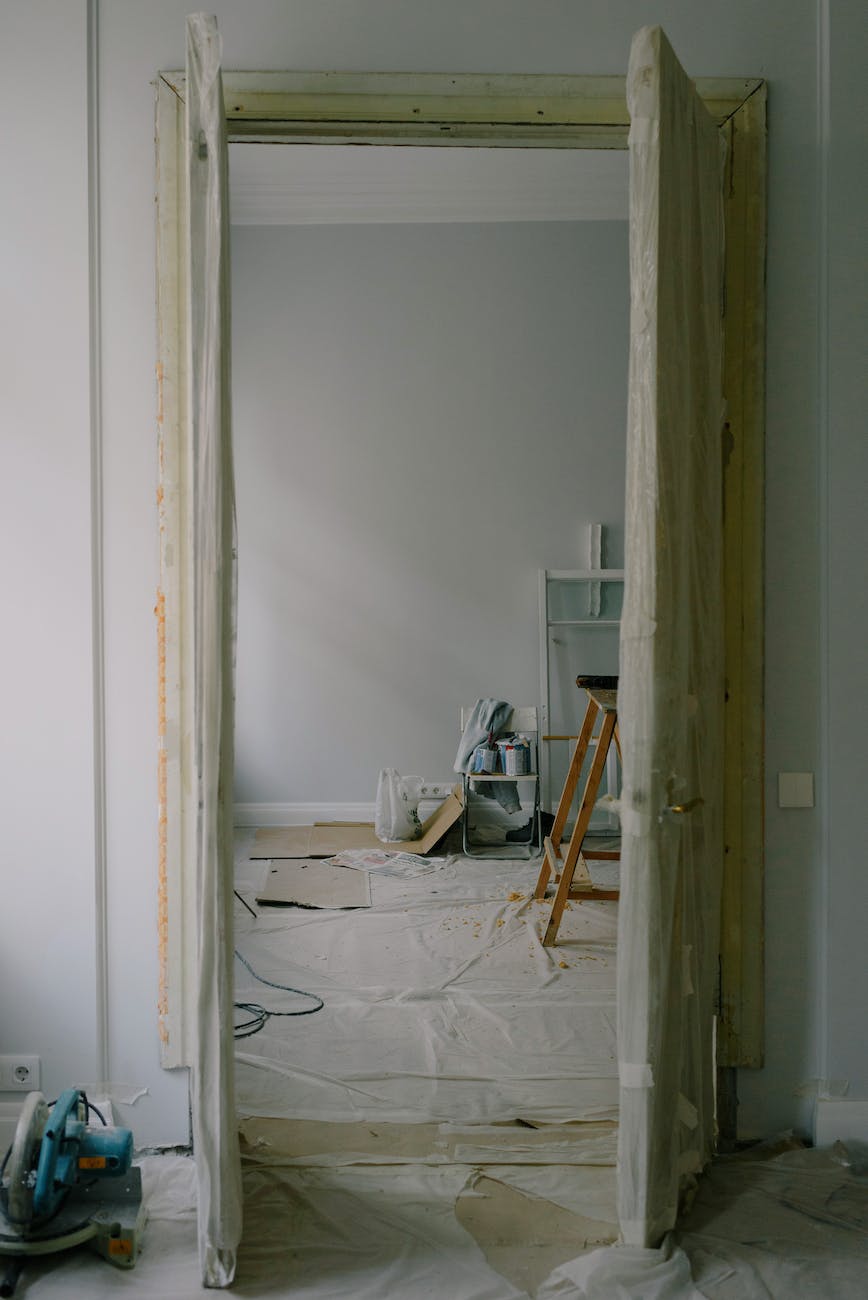
The Difference Between 1 3/8 And 1 3/4 Interior Doors
The main difference between 1 3/8 and 1 3/4 interior doors is the thickness of the door. A 1 3/8 door is about 35 mm thick, while a 1 3/4 door is about 44 mm thick. However, there are more differences between these two, which are listed below.
1. Price
Another major difference between these two interior doors is their price. The 1 ¾ door is more expensive than the 1 ⅜. This is due to its thickness and that it requires and consumes more materials. The 1 ¾ doors are often made with more solid wood than the 1 ⅜.
2. Frame Compatibility
The door frame is as important as the door itself. Hence you must put this into consideration when choosing your door. The 1 ⅜ door is often always compatible with regular door frames. However, the case is different for thicker doors, such as 1 ¾. If you are buying the thick door, you will be required also to buy a custom-made door frame, which may cost you more money.
3. Sound And Privacy
As a result of its thickness, the 1 ¾ door provides more privacy and prevents sound from penetrating and entering the room. The thickness provides mass and the more mass it has, the higher its chances of preventing noise. However, the 1 ⅜ will not be able to prevent as much sound as you will want.
4. Space
If you are managing your space, 1 ⅜ is ideal for you. This is because the 1 ⅜ door will take up more space when opening and closing it.
Which Is Better – 1 3/8 Or 1 3/4?
There are a few things to consider when deciding between 1 3/8″ or 1 3/4″ interior doors for your home.
The most important feature a lot of people pay attention to is the thickness, this also is their most significant difference. The thickness of the door will affect how well it blocks out noise and keeps out drafts. If you live in a noisy area or are looking for extra soundproofing, then 1 3/4″ doors may be a better option.
However, if you’re looking for easy doors to open and close, then 1 3/8″ doors may be a better option since they’re not as heavy.
Another important thing to consider is the need for the project. The intended use will help you determine the best suitable for you. If the door is for a bedroom or an office door, then you should consider buying the thicker one. However, if it is for the dining or a space where sound isn’t going to be a bother, then you can choose the 1 ⅜ door.
As much as the need of the project is essential, you must work within your budget. The 1 ¾ door is much more expensive than its counterpart. You may also need to purchase a custom-made frame which is much more expensive. If you can only afford the 1 ⅜ door, then you should go for it. Ultimately, it’s up to you to decide which thickness is best for your needs.
How To Choose The Right Interior Door For Your Home
Deciding on the materials for the interior of your home can be a lot of work, especially the door. If you are about to choose an interior door for your home, there are a few things to keep in mind when choosing interior doors for your home.
- First, you should decide what style you want. Do you want something traditional or something more modern? There are many different styles of interior doors to choose from, so take your time and browse through all the options.
- Once you’ve decided on a style, you’ll need to choose the suitable material. Interior doors can be made from wood, glass, metal, or composite. Each option has its benefits and drawbacks, so consider what’s important to you before deciding.
- Finally, think about the hardware you want on your door. Do you want a doorknob or a lever? What finish do you prefer? Brushed nickel or oil-rubbed bronze? There are many different options to choose from, so take your time and find something that fits your style.
Wooden doors are classic and elegant, but they can be expensive and require more maintenance than other options. Glass doors let in natural light and can make a small space feel larger, but they’re not as private as solid doors.
Metal doors are durable and low-maintenance, but they may not fit with the overall aesthetic of your home. Composite doors are a popular choice because they offer the best of both worlds: they’re durable like metal doors but look like wood.
Which Type Of Door Is Right For You?
When it comes to choosing an interior door, there are many factors to consider. The type of door you choose should be based on the room’s function and your style preferences.
Here are some of the most popular types of interior doors:
1. Sliding Doors
Sliding doors are a great option for rooms with a lot of traffic, such as living rooms and kitchens. They save space and can be easily opened and closed.
2. French Doors
French doors add a touch of elegance to any room. They are typically used as entryways into formal living spaces, such as dining rooms or studies.
3. Pocket Doors
Pocket doors are a great way to save space in small rooms, such as bathrooms or bedrooms. They slide into the wall, so they don’t take up any extra space when they’re open.
4. Barn Doors
Barn doors give any room a rustic feel. They’re often used in mudrooms or laundry rooms for their functionality and style.
5. Bi-Fold Doors
Bi-fold doors are perfect for tight spaces, such as closets or pantries. They fold in half, so they don’t take up any extra space when they’re open.
Final Thoughts
There are a few key factors to remember when deciding between the different types of interior doors. The overall style of your home, the door’s function, your budget, etc. These will help you make the best decision about which door to pick.
However, both doors have their advantages and disadvantages. It’s important to weigh all of these factors before deciding on your home.






